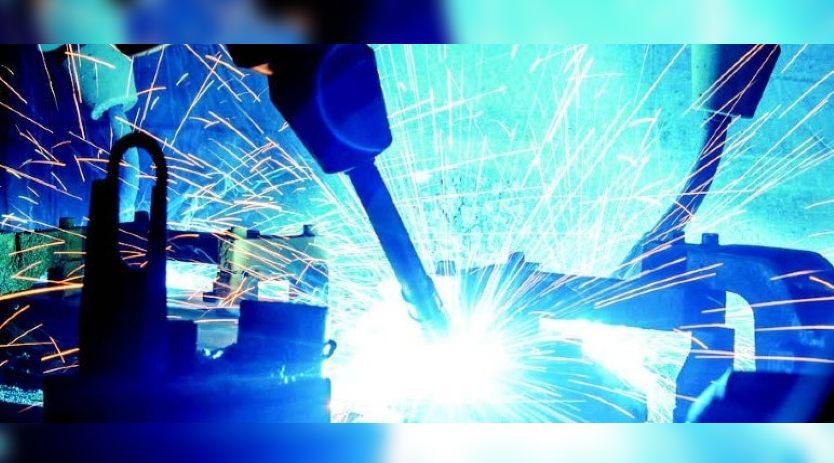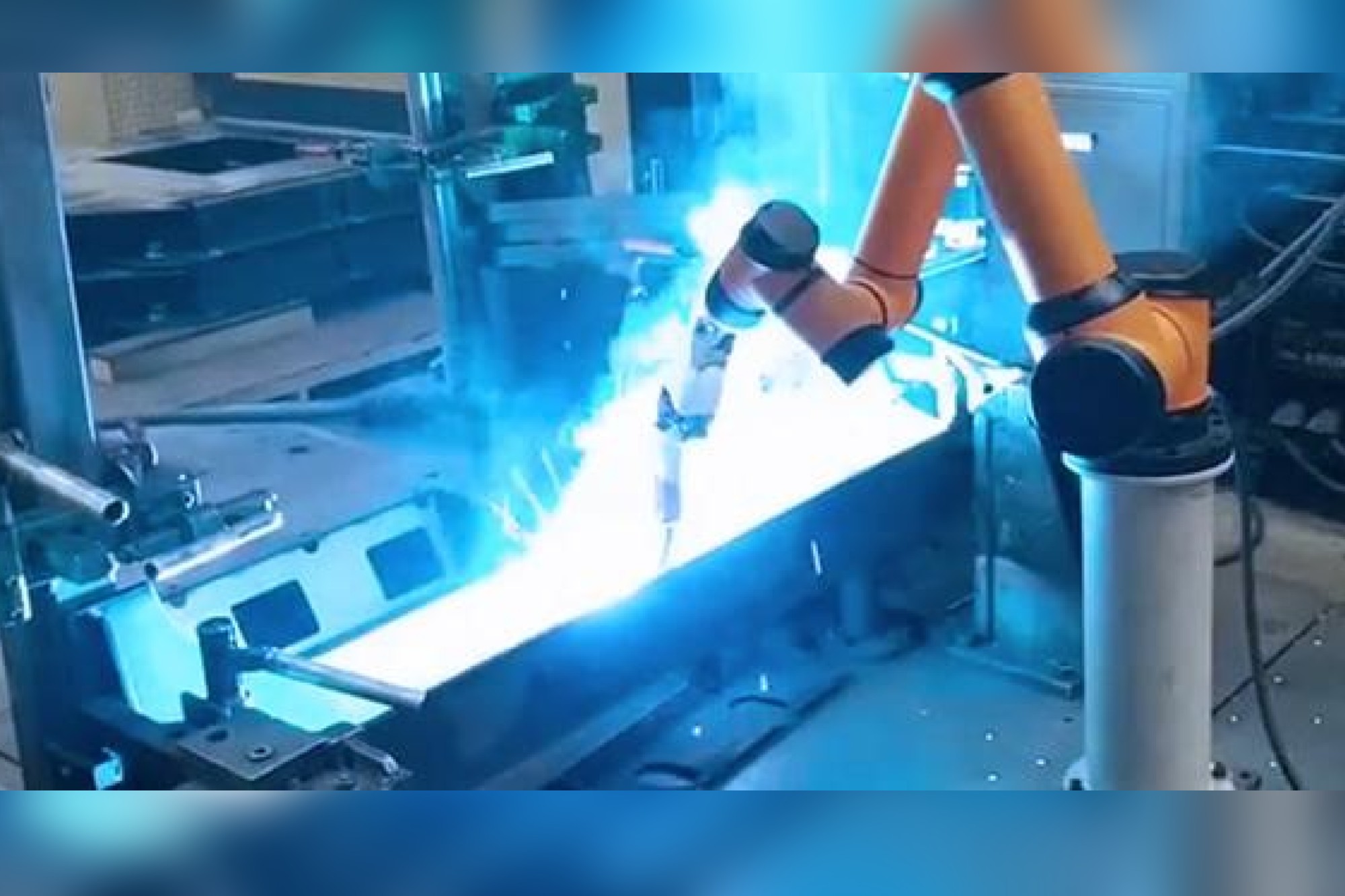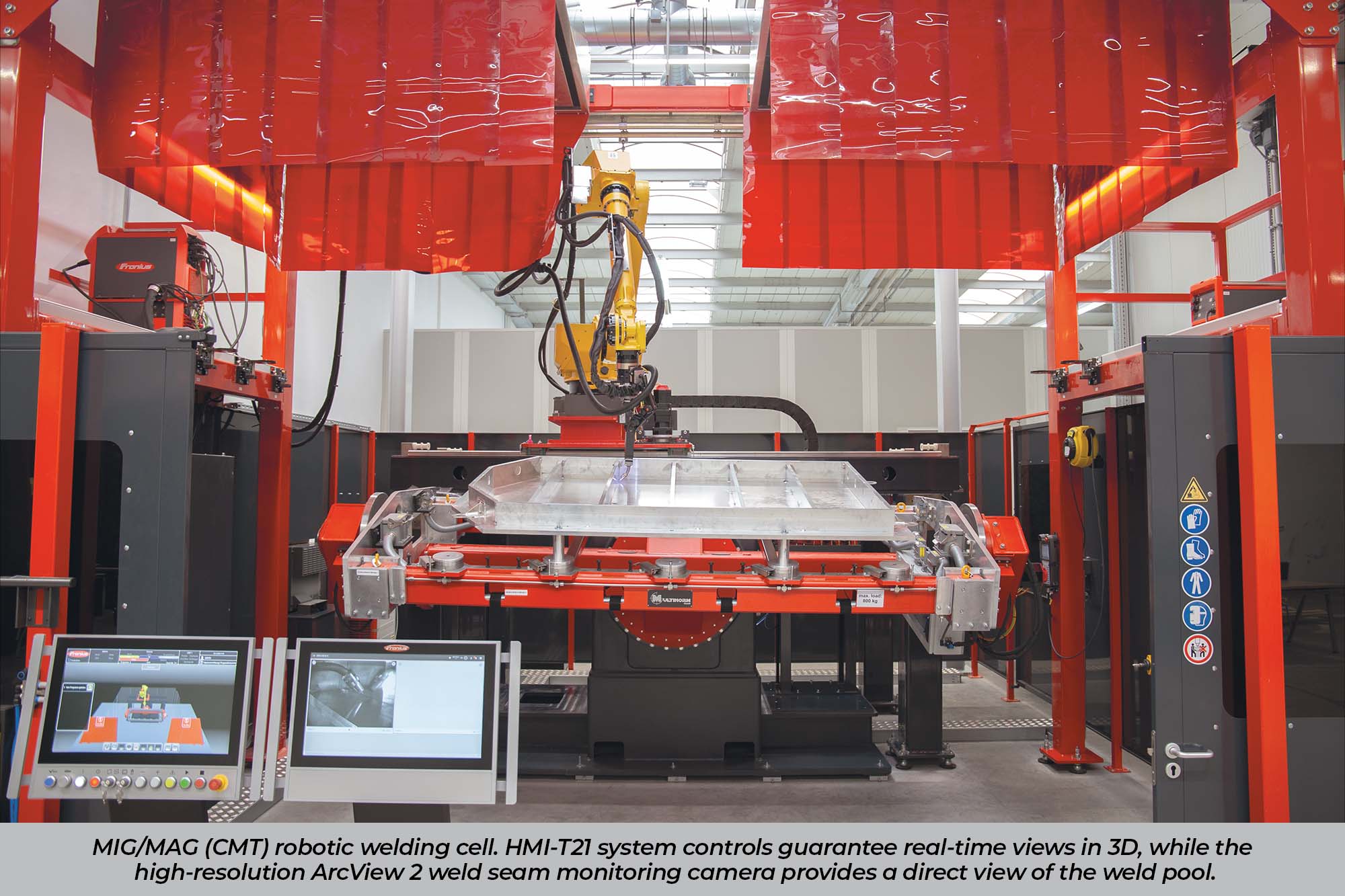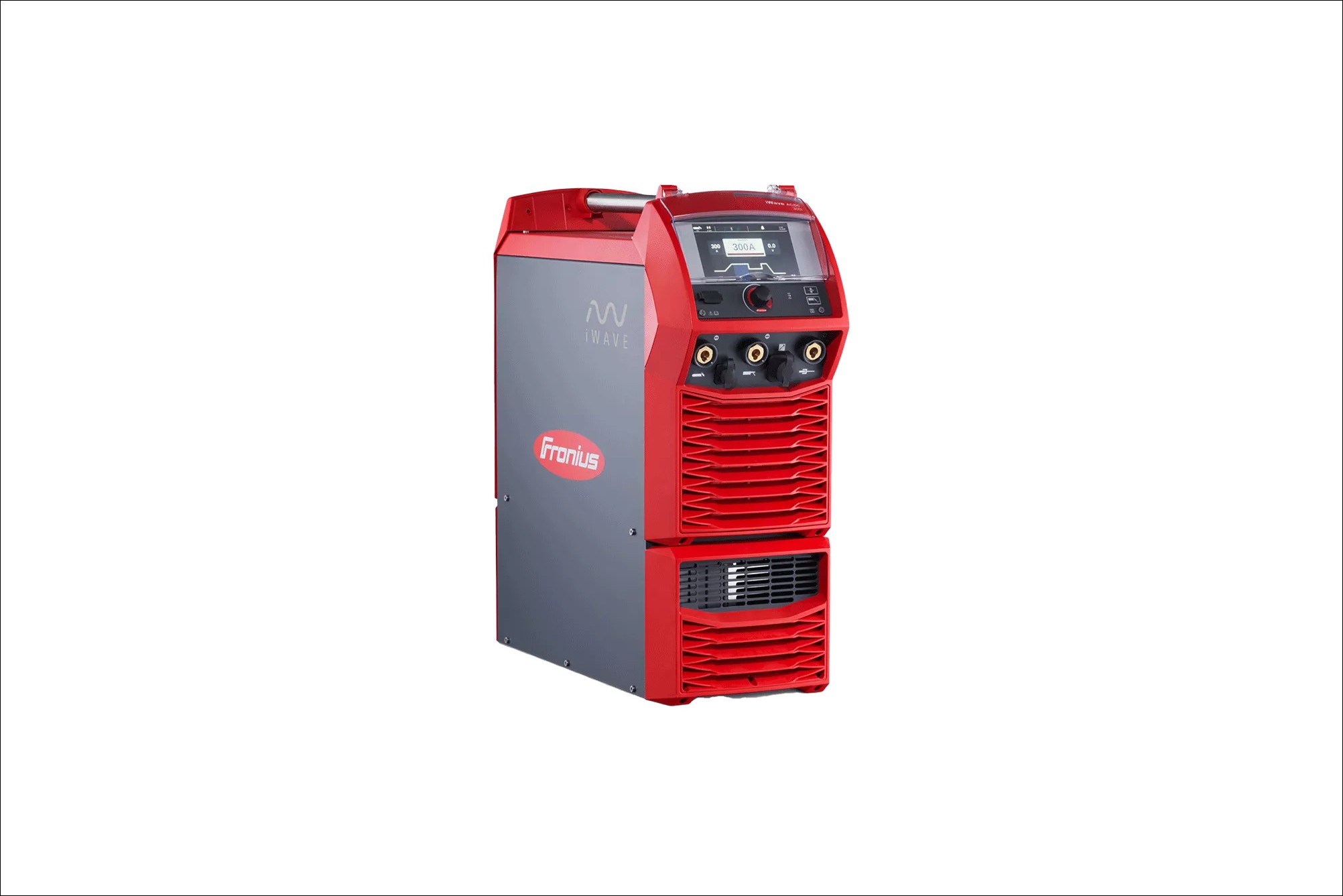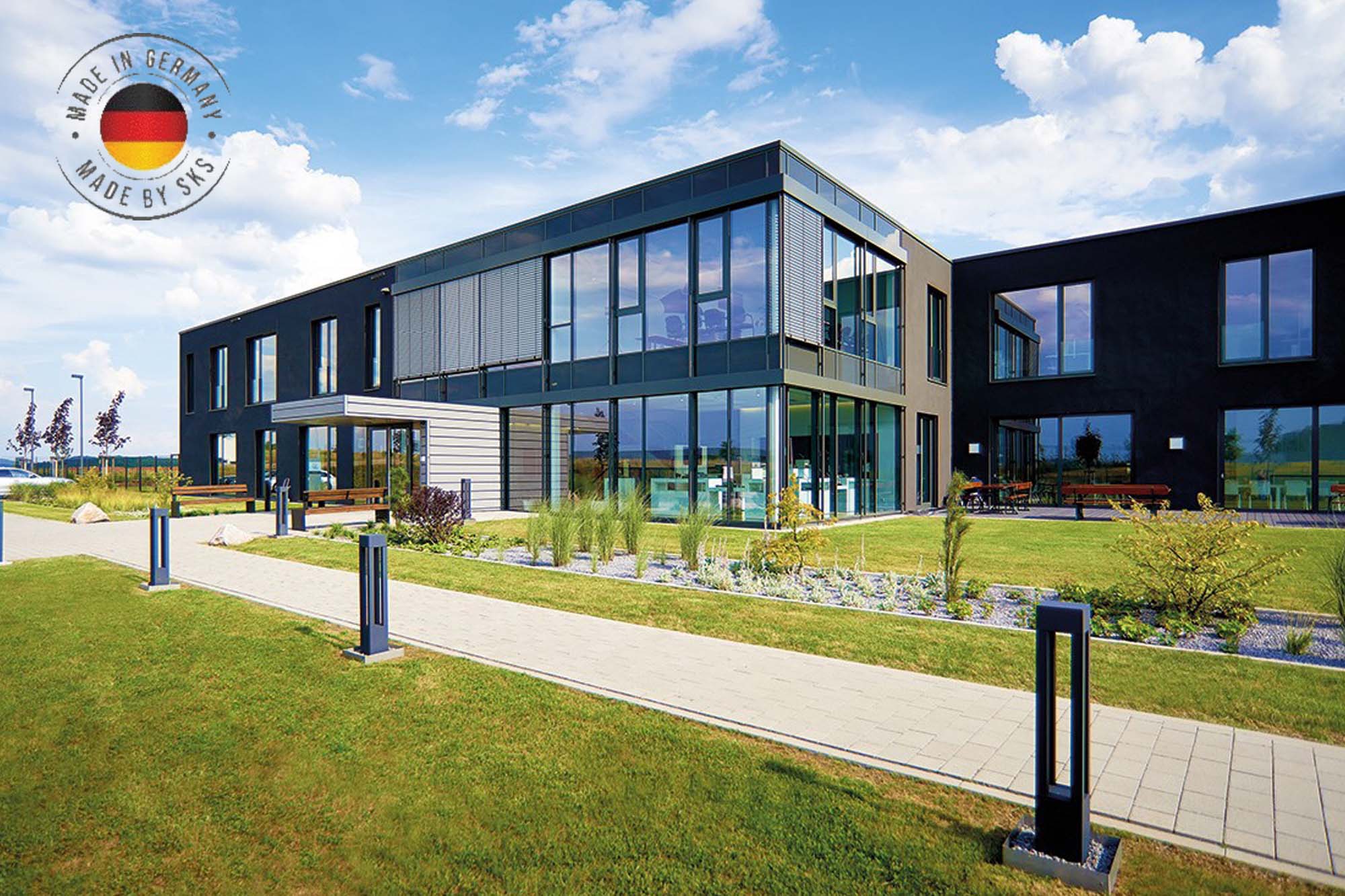i.4.0 robots are gaining a place in welding and cutting processes
By OEM Update Editorial September 2, 2022 4:57 pm IST
Welding is likely to experience at least some level of automation in the next five years due to the cost savings of automation, improved efficiency, and accuracy needs.
Welding automation uses robots to increase the performance of the production of welds. This automated welding process increases speed, precision, and quality and also minimises the chance of errors or inconsistent welds compared to manual welding. In the world, welding development is guided and educated by the industries using welding systems, and the welder engages with machines daily.
Talking about the future aspects for welders, employment of welders, cutters, solderers, and brazers is projected to grow 8 percent from 2020 to 2030, about as fast as the average for all occupations. About 49,200 openings for welders, cutters, solderers and brazers are projected each year, on average, over the decade. Job growth for welders is expected to be strong, with about 14 percent more welders needed by 2022. If you want to venture into welding, jobs are available, and many signs indicate a promising future for welders. The Bureau of Labor Statistics expects growth in the employment of welders.
The automatic welding methods are grouped into automatic welding machines and robot welding. Automatic welding is used to repeat welding continuously in a factory line. Robot welding is an advanced version of automatic welding that uses robot technology to automatically enable a higher level of welding. To take advantage of the processing time improvements from automatic or robot welding, inspection processes have been automated by using displacement sensors that employ laser beams.
Automatic spot welders and automatic contact welding machines are used for quick welding in connectors and other electrical component manufacturing lines. It is essential to understand to automate the process, be it speed, quality, repeatability or cost. Although skilled welder is being replaced, can robots entirely replace welders or humans?
The robotic welding market is majorly dominated by arc and spot welding processes. These AI machines can easily make a weld with a torch in a joint, turning the arc on. However, the emergence of laser and plasma welding processes is expected to create lucrative growth opportunities for welding robot manufacturers in the market during the forecast period. The production of a quality weld is still on the shoulders of a skilled welder.
Speaking about upskilling, Nimesh Chinoy, Marketing Director, Electronics Devices Worldwide Pvt. Ltd., says, “We must strive to upskill the welder to become an automation operator.” To operate the systems well, the operator must still understand the welders’ point of view. Workers must be confident that the systems can help them produce better and faster without physical effort. If they can learn to operate, the automation systems will help increase their productivity and upskill themselves. As demand grows, the requirement for a skilled workforce and automation are also increasing. To match the global standard in terms of quality and also to become price competitive on the world stage, optimisation of the fabrication process is essential, Janak says.
The increasing demand and supply for metal fabrication across numerous industries, such as automotive, aerospace, military, and manufacturing, are expected to boost market growth. Sensing the future needs, Janak Bhuva, General Manager, Sales, Messer Cutting Systems India Pvt. Ltd., remarked, “Increased advancements in sectors like computerisation and robotics are paving the way for new technologies and solutions to be implemented in the metal fabrication market.” There is an emerging demand for metal processing and machining in various growing economies worldwide. Nimesh says robots can help in certain use cases, but complete automated welding may take more time. There is a robust industry demand for economic/entry-level robotic welding systems to switch from manual to automated welding, observes Sumon Mitra, Director- Sales, Cloos India. The digitally controlled welding machines have in-build parameters. It helps the welder to set the parameter by selecting plate thickness, type of raw material, gas etc.Welding automation
Diving into welding automation is easier than ever. Welding is considered one of the most critical processes for establishing the controls of the process. Automating the welding process helps in delivering a consistent quality output. “TIG welding is a developing process which generates concentrated arcs on the weld pool. It is always challenging to speed up the TIG process”, says Nimesh. The TIG welding process is the most suitable and convenient because of its sound weldability. Arc welding does not have the power density, so the only way to achieve a deeper weld is to increase the heat input. The stable arc is characterised by an optimum gap-bridging ability and can be mastered excellently in all welding positions. The mechanical properties of welded parts with less heat input and distortion are much better than those with higher heat inputs. Laser welding is beneficial in box manufacturing. Recently developed, Fine Weld is an energy-reduced, current-controlled short arc process for 100 percent CO2 gas welding. Due to the minimised spatter formation, Fine Weld is suitable mainly for thin, coated plates and fine visible weld seams. Companies in the metal fabrication industries benefit from increased computer-aided manufacturing technologies, helping them improve operational efficiency and production.
Any fabrication operation starts mainly with the cutting process. Janak expands with an example. Let’s talk about the steel industry and three main metals, i.e., Carbon Steel, Stainless Steel and Aluminium. The cutting process will be carried out mainly by plasma, oxyfuel, laser, and waterjet process. In India, the plasma, oxyfuel and laser cutting processes drive the fabrication industries on a vast scale.
Market growth
The robotic welding market (with peripherals) is projected to reach USD 11.7 billion by 2026 from an estimated USD 7.1 billion in 2021, at a CAGR of 10.5 percent from 2021 to 2026, according to the Markets And Markets report. The intensifying adoption of Industry 4.0 principles and the increasing adoption of welding robots in the automotive and transportation industries are among the factors driving the growth of the robotic welding market. Welding robot manufacturers are shifting towards networked and intelligent production of Industry 4.0 compatible robots. Many end-user industries, such as automotive and transportation, metals and machinery, electrical and electronics, and aerospace and defence have started implementing Industry 4.0 concepts in their manufacturing processes. Suppose the companies in developing countries are not equipped with the resources for reskilling or upskilling the employees. In that case, they might not be able to retain them in case of deployment of robots.
Future outlook Autonomous Mobile Robots reduce key operational waste and address significant challenges like labour shortages, real-time fluctuations in demand, and long-term growth. Robotics is a future and ongoing technology. It allows users to leverage AI and machine learning, and other technologies. Laser cutting, particularly fibre laser, is the latest trend in sheet metal industries. Every fabrication industry, particularly thin sheet industries, wants this process due to cost-effectiveness, cutting quality and high productivity. Any fabricator must choose the right products for their application and thinks Janak is a set system. Sumon concludes, “Always look for continuous development of welding processes in our technology centres.”
Cookie Consent
We use cookies to personalize your experience. By continuing to visit this website you agree to our Terms & Conditions, Privacy Policy and Cookie Policy.



